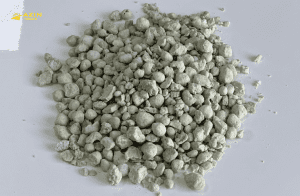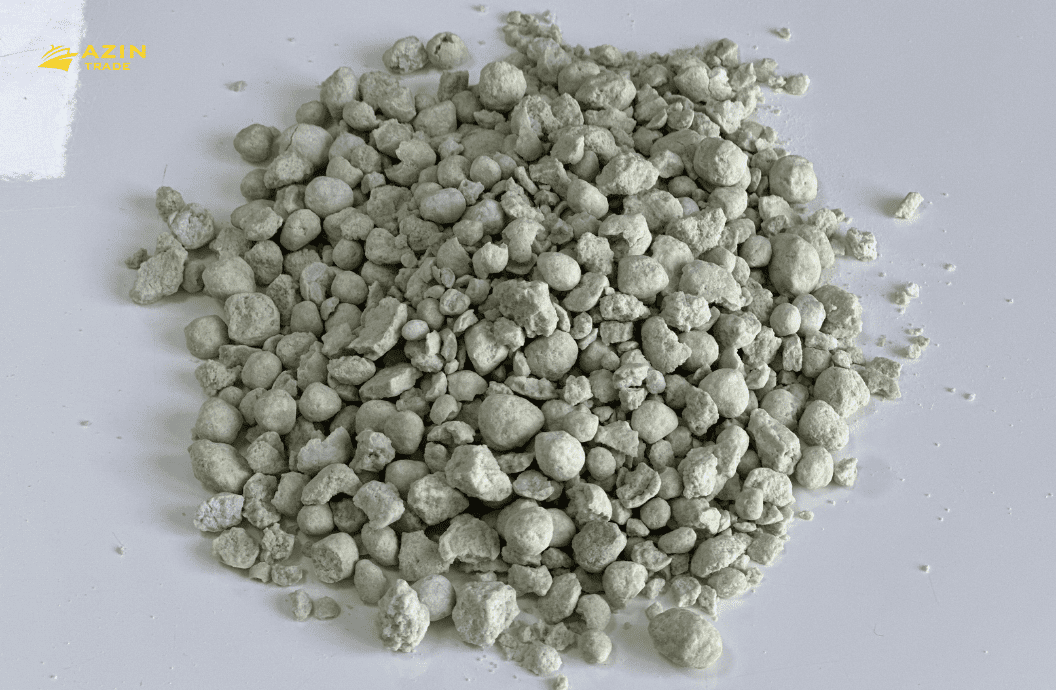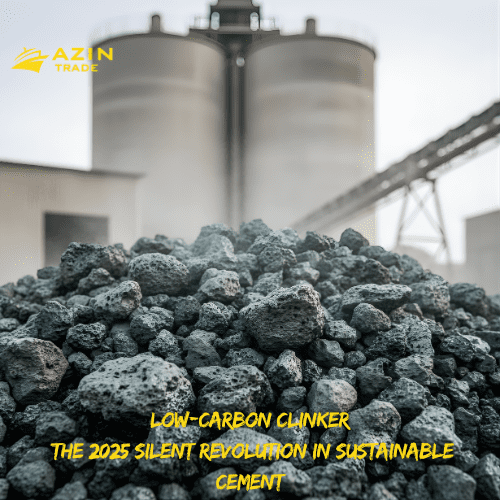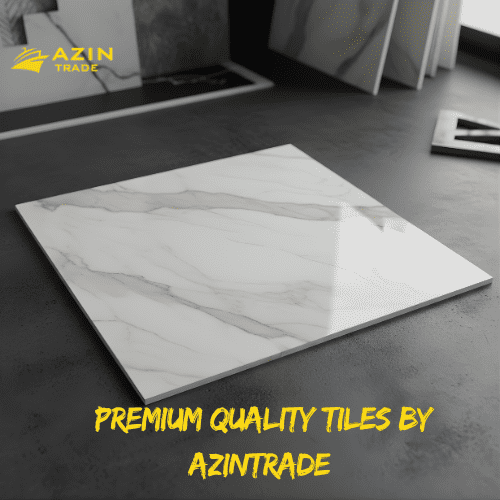
white clinker
White clinker is one of the most essential materials in the production of white cement, playing a critical role in the construction industry. Due to its unique properties, white clinker is used in various construction projects, especially those that require a clean, aesthetically pleasing finish. Azintrade, with its expertise and extensive experience in supplying construction materials and minerals, including white clinker, has successfully met the needs of its customers. In this article, we will delve deep into the characteristics, production process, applications, and advantages of white clinker, while also highlighting the pivotal role Azintrade plays in the supply chain of this crucial material.
Understanding White Clinker
What is White Clinker?
White clinker is a primary component in the manufacture of white cement, which is distinguished by its pure, bright white color. This material is produced by burning a mixture of limestone and clay at high temperatures. The resulting product is then ground to produce the fine powder known as white cement. The primary difference between white clinker and the more common gray clinker lies in the raw materials and the production process, which are carefully controlled to minimize the presence of iron and manganese oxides that typically give gray clinker its color.
Chemical Composition and Properties
White clinker has a distinct chemical composition that contributes to its desirable properties. The key components of white clinker include:
Calcium Oxide (CaO): Provides the primary strength-giving properties.
Silicon Dioxide (SiO2): Contributes to the hardness and durability.
Aluminum Oxide (Al2O3): Adds to the clinker’s whiteness and strength.
Iron Oxide (Fe2O3): Kept at very low levels to ensure the white color.
The low content of iron and manganese is crucial for achieving the bright white color. Additionally, white clinker has a high reflective index, making it ideal for aesthetic and architectural applications.
Production Process of White Clinker
Raw Material Selection
The production of white clinker starts with the careful selection of raw materials. High-purity limestone and kaolin clay are typically used. The raw materials must have very low levels of iron and other coloring oxides. This is a critical step as any impurities can affect the final color of the clinker.
Grinding and Mixing
The selected raw materials are finely ground and mixed in precise proportions. This mixture, known as raw meal, must be homogeneous to ensure consistent quality in the final product.
Preheating and Calcination
The raw meal is then preheated in a preheater tower before being fed into a rotary kiln. In the kiln, the materials undergo a series of chemical reactions at high temperatures (approximately 1400-1500°C), resulting in the formation of clinker nodules. For white clinker, the kiln operation is carefully controlled to prevent the formation of coloring oxides.
Cooling and Grinding
The hot clinker is rapidly cooled using air or water sprays to stabilize its properties and enhance its grindability. Once cooled, the clinker is ground to a fine powder, often in combination with gypsum, to produce white cement.
Applications of White Clinker
Architectural and Decorative Concrete
White clinker is widely used in the production of architectural and decorative concrete. The bright white color allows for the creation of aesthetically pleasing surfaces, making it a popular choice for facades, floors, and decorative elements in buildings.
Precast Concrete Products
Precast concrete products such as tiles, blocks, and panels benefit from the use of white clinker. These products are often used in visible areas where appearance is crucial, and the use of white clinker ensures a clean, uniform look.
Colored Concrete
White clinker serves as an excellent base for colored concrete. Pigments can be added to white cement to produce a wide range of colors without the interference of a gray base color. This application is popular in landscaping, decorative pavements, and artistic concrete works.
Repair and Restoration
Due to its color-matching properties, white clinker is also used in repair and restoration projects, particularly for historical buildings and monuments where maintaining the original appearance is important.
Advantages of Using White Clinker
Aesthetic Appeal
The primary advantage of white clinker is its aesthetic appeal. The bright white color provides a clean, modern look that is highly sought after in architectural and decorative applications.
Versatility
White clinker offers versatility in design. It can be used on its own for a sleek, white finish or combined with pigments to achieve a variety of colors. This flexibility makes it suitable for numerous construction projects.
Durability and Strength
Despite its aesthetic focus, white clinker does not compromise on strength and durability. It produces high-quality cement that meets the rigorous demands of construction projects.




